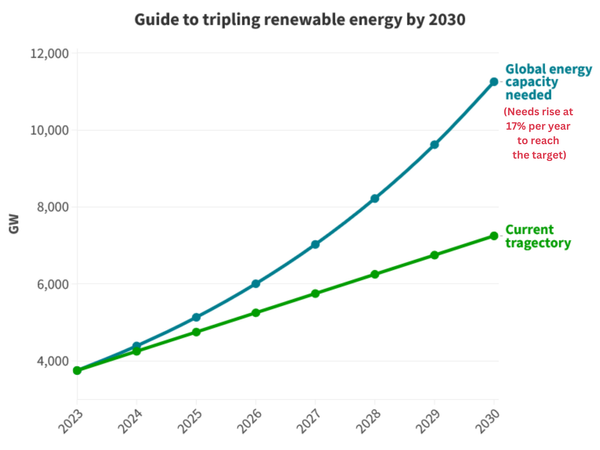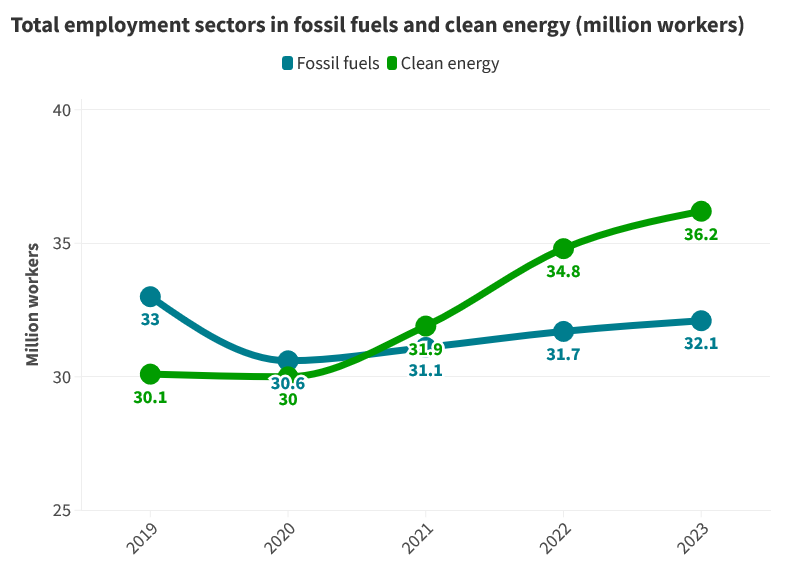Innovative solutions to tackle food waste crisis
If global food waste were a country, it would rank third in the world in terms of greenhouse gas (GHG) emissions. Food waste created during processing, transporting, preparing, and storing has a cascading effect that has a long-term impact on the ecosystem.

If global food waste were a country, it would rank third in the world in terms of greenhouse gas (GHG) emissions. Food waste created during processing, transporting, preparing, and storing has a cascading effect that has a long-term impact on the ecosystem.

Food waste
Food waste is "wholesome edible foodstuff meant for human consumption that is instead abandoned, lost, degraded, or devoured by pests at any point in the Food Supply Chain (FSC)" - United Nations' food and agriculture division (FAO)
Food is a biological substance that degrades over time and when thrown away, contributes significantly to global issues, such as climate change, biodiversity loss, and pollution. Around the world, one-third of all produced food is lost or squandered each year— about 14% of it, between harvest and retail.
Food waste accounts for approximately 931 million tonnes every year, of which 61% comes from households, 26% from the food service, and 13% from the retail. It is responsible for 8-10% of global GHG emissions. Transportation of food in poor condition, spoilage, and poor refrigeration are some of the factors that play a huge role in the contribution.
According to the IFCO Systems, Australia and New Zealand waste about 5-6% of all food along the supply chain. In Central and Southern Asia, the figure reaches up to 20-21% while in Europe and North America, it is about 16%. Food is the single greatest component occupying landfill space in the U.S., accounting for 22% of municipal solid trash (MSW).
In the EU, around 88 million tonnes of food waste are generated annually, with associated costs estimated at €143 billion. According to the UN Environment Programme's Food Waste Index Report 2021, almost 17% of worldwide food output may have gone to waste.
Emissions from food waste
According to Forbes, China tops the list of most responsible countries for throwing away on average 91.6 million tonnes of food every year. India comes second with 68.8 million tonnes, followed by the U.S. with 19.4 million tonnes every year.
Food waste costs roughly $680 billion for industrialized countries and $310 billion for developing countries. Once thrown away in the landfill, food becomes a significant source of methane emission, a GHG that is 25 times stronger than CO2. The FAO projects that 1.3 billion tonnes of edible food are wasted each year— enough to feed 3 billion people. It releases 3.3 billion tonnes of CO2 equivalent of GHG emissions.
According to U.S. Environmental Protection Agency (EPA), food loss and waste in the U.S. result in 170 million metric tons of GHG emissions each year, excluding landfill emissions. This is the equivalent of 42 coal-fired power plants' yearly CO2 emissions.
Innovations to reduce food waste?
By 2030, the United Nations Sustainable Development Goals aim to reduce food waste by half. It's an ambitious goal but if we manage to prevent food waste, it can reduce 6-8% of all human-caused GHG emissions. The EU government has already started funding different projects that work toward reducing food waste. For example, NanoPack is an EU-funded project that develops an antimicrobial packaging solution for perishable foods based on a natural nanomaterial, allowing kitchens to preserve ingredients for extended periods.
Additionally, dedicated technologies and smartphone apps are available all around the world to re-allocate extra food from supermarkets, restaurants, and residences, which have already shown significant positive results. Too Good to Go is a Danish software start-up that allows citizens in numerous cities across Europe and North America to buy extra food from shops and restaurants at lower pricing.
Another app OLIO helps people give away extra food for free to people who need it. Software, such as Too Good To Go and OLIO have a huge positive social impact as 811 million people who go to bed hungry every night can be benefited from the software once globalized.
Plantix, a Berlin-based start-up, attempts to prevent healthy crops from being wasted when a farmer believes they are damaged. A new piece of technology, Wasteless, which is made up of a succession of small screens that are linked together using artificial intelligence (AI) has been adopted by several UK retailers already.
The technology assists food retailers in recovering the full value of perishable products and reducing waste by utilizing data-driven, dynamic pricing markdowns that draw more customers to the store.
Innovative apps like Fridgely and Foodkeeper are examples of technology that can assist in reducing typical home food consumption and waste. Winnow, based in the U.S., uses computer vision to help commercial kitchens all around the world understand how much food is wasted by employing smart sensors linked to waste bins to measure the amounts discarded. The software also offers suggestions for reducing waste and saving money.
For long-lasting food, packaging plays a significant role. Modified Atmosphere Packaging (MAP) is a packaging method that replaces the atmosphere inside a package with a protective gas mixture, usually a mix of oxygen, CO2, and nitrogen. It aids in the preservation of freshness.
Vietnam has already used the technique among 1,000 small-scale farmers as part of the project, resulting in a reduction in post-harvest food waste from 30-40% to 15-20%. The International Rice Research Institute Super Bag is another basic packaging alternative that is being promoted in underdeveloped countries. When correctly sealed, the bag reduces oxygen levels from 21% to 5%, reducing live insects to less than one per kg of grain without the use of insecticides in as little as 10 days.
Public awareness and enough technological advancement speak a volume of positive contributions to food waste prevention, but it is still not enough. Food waste cost the world economy approximately $936 billion each year. This means, stopping climate change will benefit us economically too, and it is clear that avoiding food waste from our own homes is a starting point that plays a significant role in the bigger picture.



